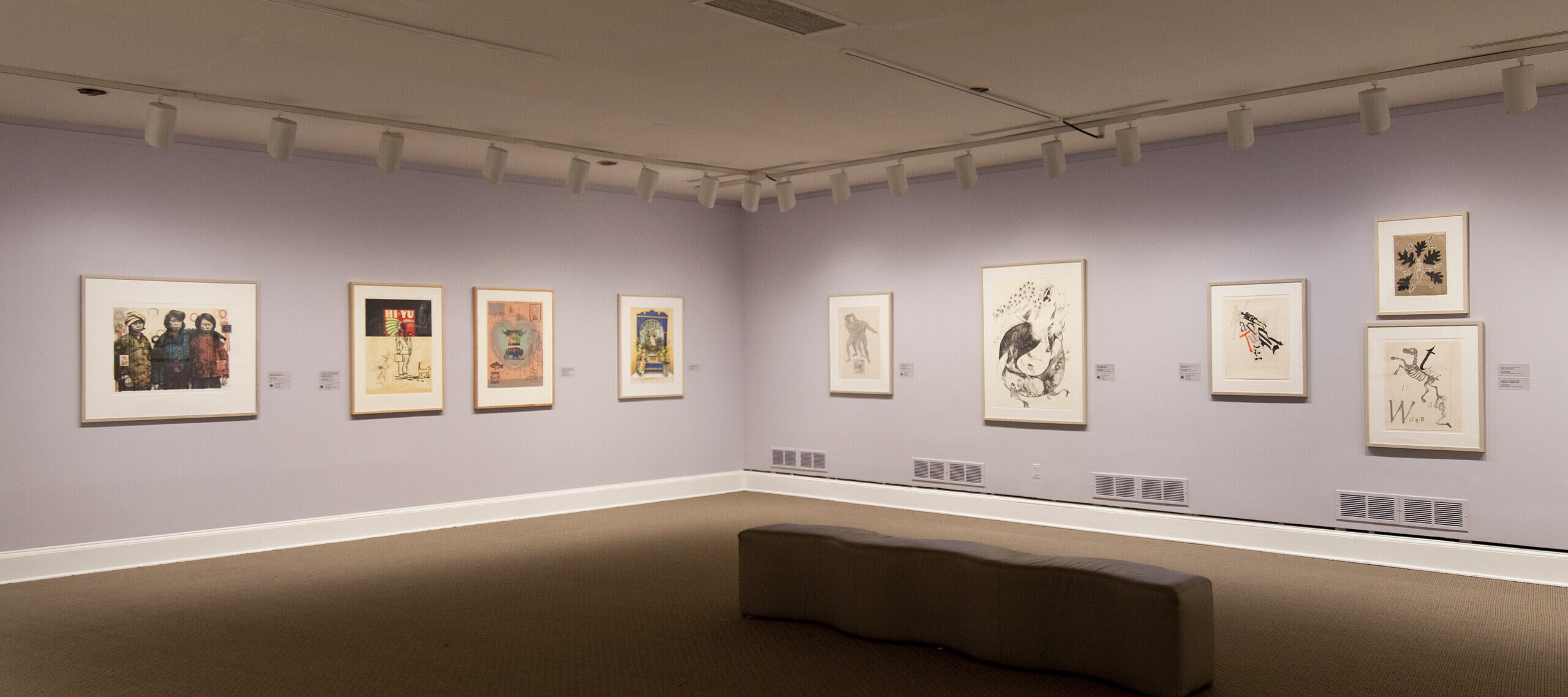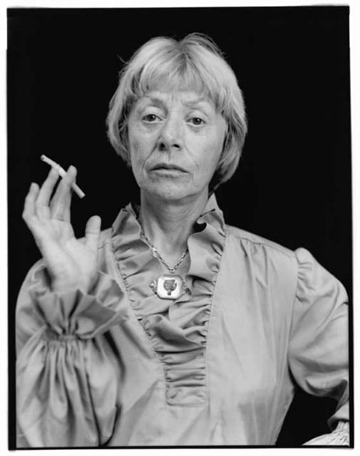
De Kooning was also honored as an artist by ARTnews: she was featured with nineteen other women artists on the October 1980 cover of the issue “Where Are the Great Men Artists?” (a play on feminist art historian Linda Nochlin’s famous January 1971 ARTnews article, “Why Have There Been No Great Women Artists?”).
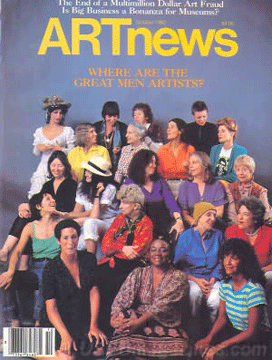
De Kooning’s work was not given substantial attention during her lifetime. She was in the professional shadow of her famous artist husband, Willem de Kooning, and her primary subject matter, figurative imagery and particularly portraiture, ran counter to the accepted tenets of Abstract Expressionism (although Willem de Kooning experimented with figurative imagery to greater critical acclaim). She was not publicly resentful, however, stating, “I was working in his light. And a great many others were working in the same light. I’ve always been willful and autocratic anyway, and found him an illuminator, hardly a caster of shadows.”
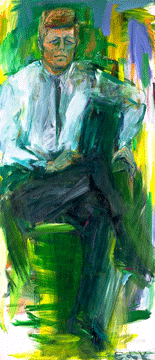
One of her most famous portrait series depicts John F. Kennedy. She originally intended to paint one work for the Harry S. Truman Library in Independence, Missouri, but Kennedy fascinated her as a portrait subject, and she painted twenty-three versions of his image. De Kooning was the only artist to sketch the president in person, though he had no time to sit still: she made preliminary drawings for the series as Kennedy conducted meetings with his advisors.
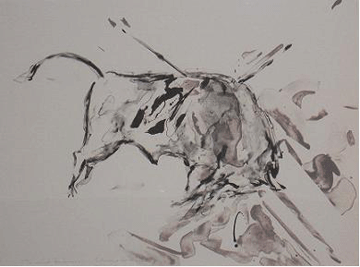
NMWA’s Pressing Ideas: Fifty Years of Women’s Lithographs from Tamarind features three de Kooning lithographs: Taurus IV, Taurus VIII, and Taurus X, all 1973. She took full advantage of the medium of lithography in these compositions, using a wide crayon and washes to achieve fluid, energetic prints. The body of the bull in Taurus VIII is made up of stain-like areas with a sinuous outline, while Taurus X features a darker, more boldly defined bull. The background of the latter print also demonstrates the particularities of de Kooning’s technique through splatters of wash and stutters of crayon. The subtly varying shades of grey and black allow the central bull in each print to both stand out from and interact with the backgrounds.

De Kooning was fascinated by bulls after seeing bullfights in Juarez, Mexico, in the 1950s. She continued to work with this subject throughout her career, culminating in a series of works in 1987 inspired by cave paintings of bulls, bison, and horses in Lascaux, France.
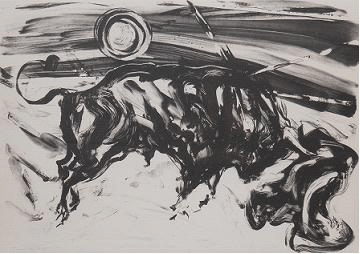
De Kooning’s painting Bacchus #3, 1978, one of five de Kooning works in NMWA’s collection, is currently on view on the third floor. The Taurus prints in Pressing Ideas: Fifty Years of Women’s Lithographs From Tamarind will be on view through October 2.
